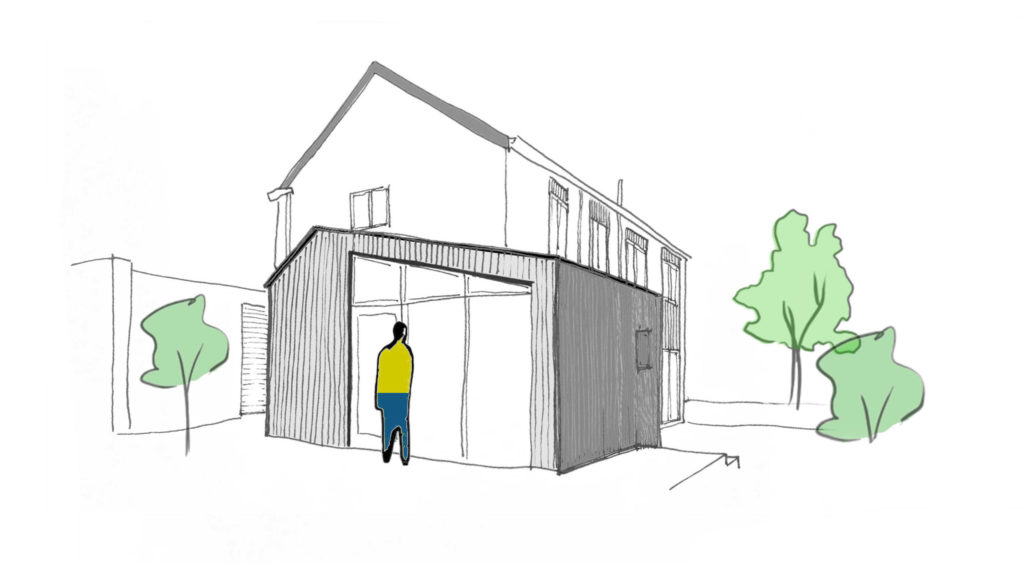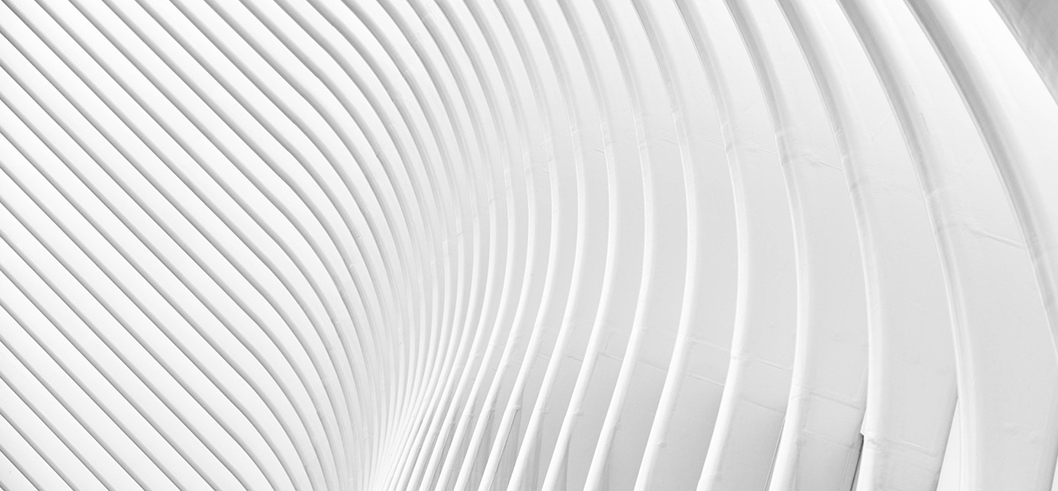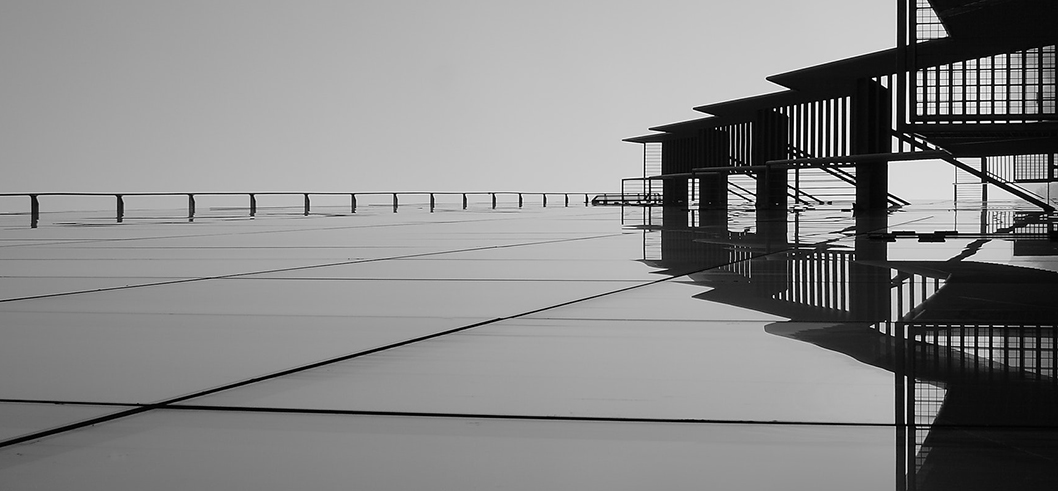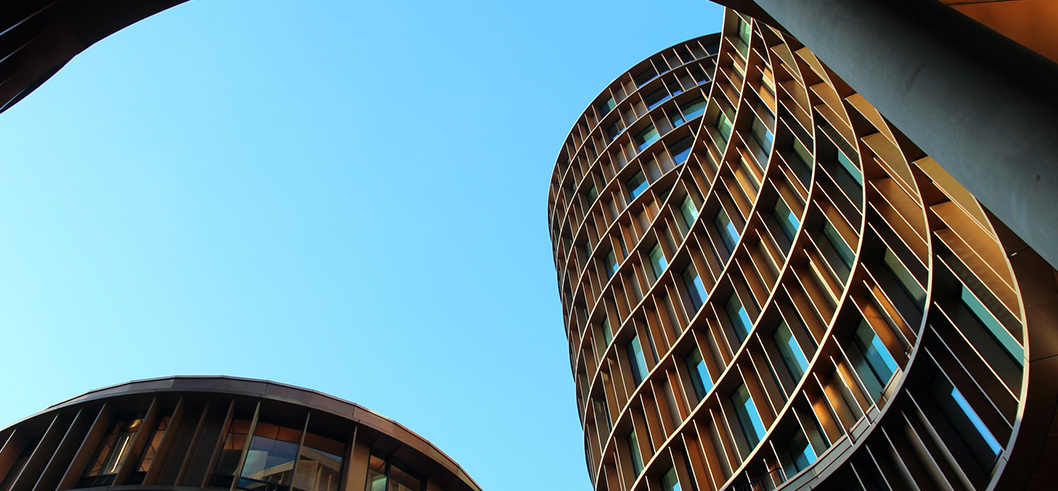
A Day in The Life Of An Architect
One of the joys of being an architect is not experiencing the same day twice. Every day is different, with a plethora of activities and tasks to fill the day, depending on the type of project and which stage it is at. An architect will generally juggle several projects at a time, allowing for a constant cross flow of information, requiring progression. Whatever form the projects take on a given day, a key component of the job is communication. Whether sketching a diagram for a masterplan, detailing a wall junction or specifying a cladding material, the job heavily revolves around releasing information in different ways to best achieve the end result; a resolved, well-constructed built form.
Working from home has definitely changed the day to day practices of an architect, and allowed for us to re-evaluate some aspects of the job. Technology has helped us harness efficiencies that we hadn’t considered before the last year.
The first advantage of working from home is not having to navigate the daily commute. Instead, the morning routine can be stretched out, so when it’s time to whirr the computer to life, coffee in hand, we are ready to attack the tasks of the day. The Practice generally opens around 8:30 am, and the morning office chat is replaced by a couple of electronic dings of morning well-wishers and links to interesting lectures and articles. New emails are read and categorised; the tasks required, sandwiched between meetings and objectives already outlining the day. Our day is organised by a kaleidoscope of activities, requiring different levels of detail and taking various amounts of time.
The morning is usually broken up by project progress meetings. These tend to happen more often when a project is on site. Where we used to drive across the country, for a one hour meeting, we are now able to see a scheme develop without leaving our seats (which, of course helps to reduce our carbon footprint). As architects, we tend to field most questions within these meetings and it has become almost essential to have the power of screen sharing to demonstrate ideas and solutions to on site issues. Conversely, when the right opportunity presents itself, there is nothing more worthwhile than visiting a site in person and watching a scheme emerge in front of you. Future issues are also easier to foresee when visiting a site in person and solutions come about much more fluidly when discussed with team members while strolling around the site.
The next task of the day takes the form of design on some level, whether producing a detail or rearranging spaces, this task requires problem solving and sometimes iteration. Some of these are easily resolved and others require more teasing. It is always useful to have another set of eyes to come at the problem from a different angle. This can be in the form of a quick 10 minute Teams meeting where you can mark and talk through different ideas. The ease of dropping a message to someone with your sketches, enables a quick response without worrying about interrupting their workflow.
After a lunch hour of catching up on laundry or going for a walk, we return to our workstations, fresh coffee in hand. Research shows that the best time to be creative is in the early afternoon, straight after lunch means we are more relaxed and in the best state to design. As architects, we pride ourselves on design, and the opportunity to show our creativity is savoured. Although most of our drawings are digital, nothing beats sketching with pen, paper and plenty of tracing paper. Music always helps take you into the mindset to produce the best designs. This process however is accelerated in an office setting where ideas can be gleaned from more experienced colleagues. Articulating the resolved ideas come in stages. First, we come up with a concept and material palette discussed with the client. This evolves into some 2D plans where spaces are organised. Once resolved, 3D renders are produced through specialist software to give the client a realistic view of their end product.
Before you know it, it is 5pm and the working day is almost over. The day concludes by organising the tasks for the following day, and preparing for any meetings in the morning. Admin that was neglected during the course of the day is completed, and we tentatively log off our machines knowing that there is always more work to be done. No two days are the same working in architectural practice, so we contemplate with excitement about what the next day will bring in the hope that our creative visions will come to life.







